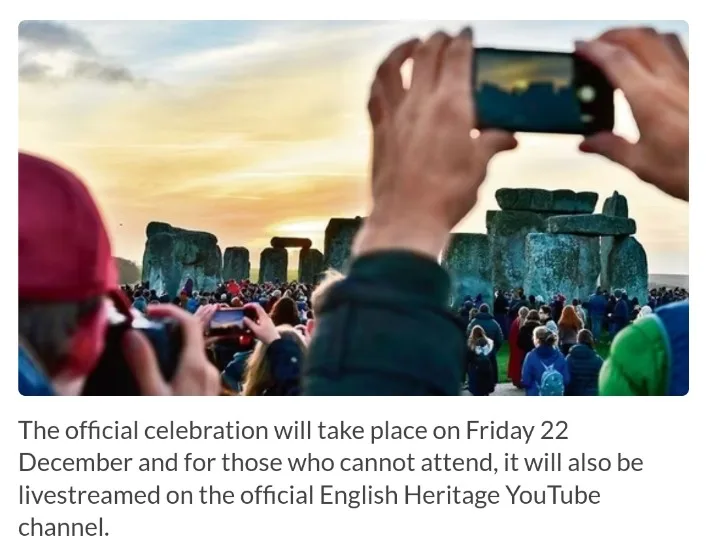As the Northern Hemisphere experiences the winter solstice on December 22, marking the longest night of the year, various cultures globally celebrate this astronomical event. The Southern Hemisphere observes its winter solstice in June due to the seasonal reversal.
Astronomically, the winter solstice occurs when the Earth’s axis is tilted at approximately 23.4 degrees relative to its orbit, placing it farthest from the sun. This results in the shortest daytime, signifying the onset of colder months.
Stonehenge, UK: The Neolithic people’s creation, Stonehenge, becomes a focal point during the winter solstice, aligning with the sun’s movement. Attendees gather to witness the midwinter sunset at the stone circle.
Yalda Night, Iran:In Iran, the winter solstice is celebrated as Yalda Night, the darkest and longest night of the year. Families partake in overnight gatherings, featuring symbolic elements like watermelons, pomegranates, and nuts. These items represent sunrise, and the pomegranate symbolizes fertility, particularly showcased in Fesenjan, a medieval stew.
Dongzhi Festival, Asia:Across China, Taiwan, South Korea, Japan, and Vietnam, the Dongzhi Festival occurs annually between December 21 and 23. Rooted in yin and yang philosophy, this festival signifies the peak of negative energy during the winter solstice, with positive energy growing as spring approaches. A culinary tradition during this festival is tangyuan, small sticky rice flour balls enjoyed across various cultures.
As the world embraces diverse traditions, the winter solstice becomes a moment to connect with the cosmos and celebrate the changing seasons.




